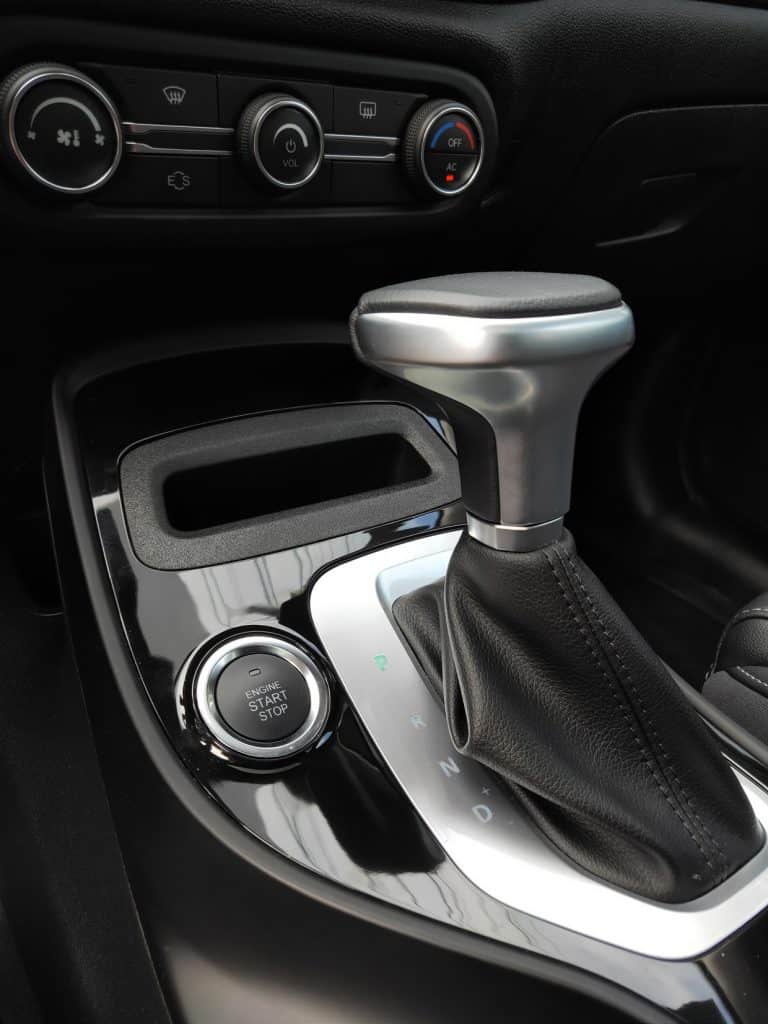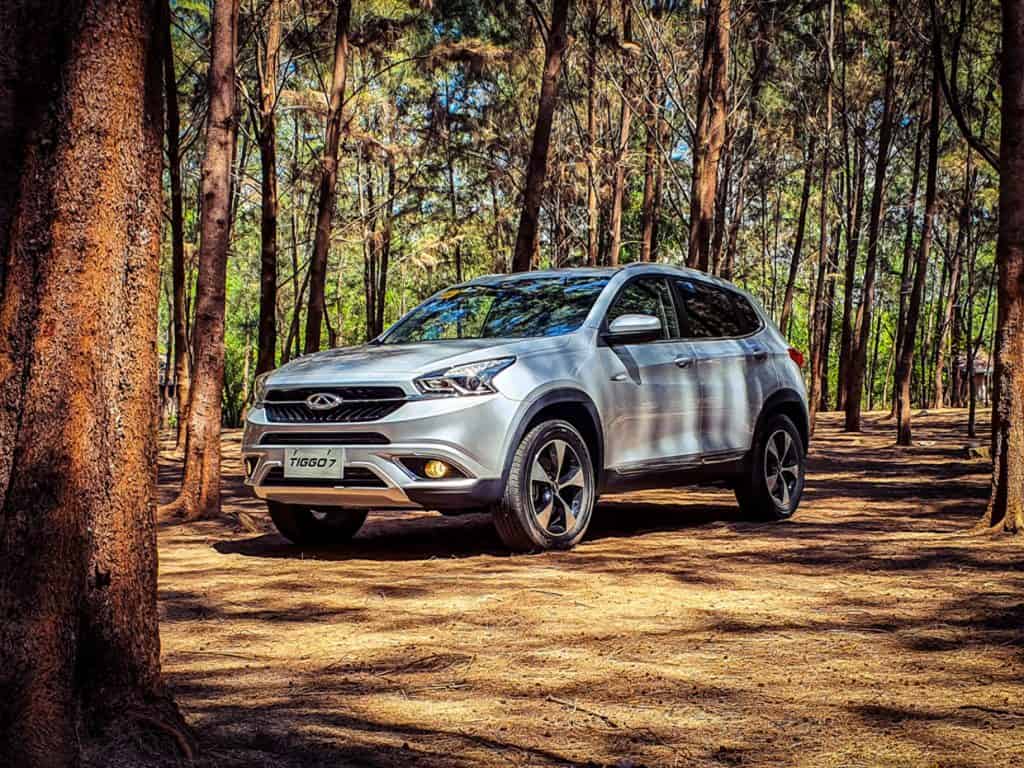It’s been a little over 80 years since the first cars came with an automatic transmission. The year was 1939 when Cadillac came out with General Motors’ Hydramatic, which shifted gears using fluid couplings and without a clutch pedal. Other GM brands like Chevrolet, Buick, and Pontiac soon had their own versions of the Hydramatic — most with two or three speeds, although the Cadillac had four.
A little over a decade later, in 1950, Ford, through its transmission supplier Borg-Warner, came out with an automatic transmission design that would be the gold standard for the next half-century. It was an automatic with a torque converter and which uses pressurized automatic transmission fluid (ATF).
From the middle of the 20th century until the turn of the millennium, all cars with automatics — from all Japanese brands to Mercedes-Benz to Rolls-Royce, and even older automatic Ferraris — would have ultra-reliable torque converters. The 1970s Rolls-Royces and Ferraris sourced their automatic transmissions from GM.

But even with such a universal application, torque converter automatics had two major downside: it wasted power as the torque converter absorbed 10 to 20 percent of the engine’s torque instead of transferring it to the drive wheels. This resulted in commensurately poorer acceleration and fuel economy compared to manual transmissions. The other downside is that gearshifts were slow, which further degraded performance.
So some carmakers attempted to combine the advantages of manual transmissions (fuel economy and performance) with the convenience of an automatic.
The result? The dual-clutch transmission or DCT. It uses an internal mechanism similar to that of manual transmissions with twin clutches that don’t need a clutch pedal to actuate and shift gears. Why twin clutches? One clutch operates the odd-numbered gears while the other clutch works on even-numbered ones. And unlike traditional manual gearboxes that require periodic clutch disc and pressure plate replacement, DCTs never need clutch replacements.

Today there are over a dozen DCT manufacturers. These include Borg-Warner, Eaton, FEV, Ricardo, and perhaps the two most prolific transmission suppliers of all, ZF and Getrag (both from Germany).
Borg-Warner supplies or co-develops dual-clutch transmissions with the world’s biggest producer of DCT-equipped cars — Volkswagen (with Audi). Volkswagen calls its dual-clutch gearboxes “DSGs,” while Audi refers to them as “S Tronic.”
ZF, meanwhile, makes Porsche’s famous PDK gearbox. PDK stands for Porsche Doppel Kupplung, which is German for Porsche Double Clutch.
Getrag, on the other hand, makes DCTs for a vast number of car brands and models: BMW (for the M3 and Z4), Chery (on both the turbocharged Tiggo 7 and seven-seater Tiggo 8), Chrysler, Ferrari, Ford, Mercedes-Benz, Mitsubishi (for the Lancer Evo X), Peugeot, Renault and Volvo.
What exactly are the advantages of a DCT? As mentioned, no power losses that occur with torque converter automatics. And since there are no power losses, fuel economy is just as good as a manual transmission.
A third advantage is the rapid shifts enabled by having two clutches working independently. Shifting from 1st to 2nd uses one clutch while shifting from 2nd to 3rd uses the other clutch, and so on. This is how Formula 1 cars, Porsches, and BMW M3s, which all use DCTs, are able to shift gears in one-tenth of a second.
A fourth advantage is the convenience of full automatic functionality. A DCT can be left in “D” and be used like a normal automatic.
Advantage number 5 is the ability of a DCT to be used as a manual, giving enthusiast drivers the chance to do the shifting themselves, whether via paddle shifters or through “+” and “-“ gates on the gear lever. Many new automatics have this feature also, but they will never have the instantaneous shifting that DCTs allow.
Downsides? Only one: Having an artificially intelligent computer do the shifting is good, especially when the vehicle is accelerating from low to high speed or vice versa. But it still can’t have the ability of humans to compensate with the clutch to maintain smoothness, for example, in low-speed city driving when the vehicle accelerates then slows down then speeds up again. This results in “hunting,” which is when both automatic transmissions and DCTs are kept guessing which gear is really needed.
For traditional automatics, this results in being in a gear that’s too high or low for the desired speed.
For DCTs, this hunting results in some jerkiness as the gearbox tries to shift to the proper gear. There may also be split-second delays for the clutch to bite, especially when taking off from a standstill.
It’s a characteristic of dual-clutch transmissions that is present even in the most expensive sports cars. And one that’s entirely acceptable in exchange for the numerous advantages of the DCT design.
The Chery Tiggo 7 and midsize seven-seater Tiggo 8 both have dual-clutch transmissions mated to a 1.5-liter turbocharged DOHC 16-valve VVT gasoline engines. This engine-transmission design is still the pinnacle of automotive technology. And it’s backed by the world’s best engine warranty: 10 years or one million kilometers (with a five-year bumper-to-bumper warranty).
The Chery Tiggo 7 1.5T is priced at P1,195,000 while the Chery Tiggo 8 1.5T Luxury starts at P1,280,000.

